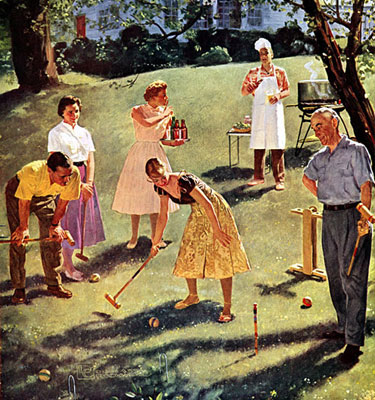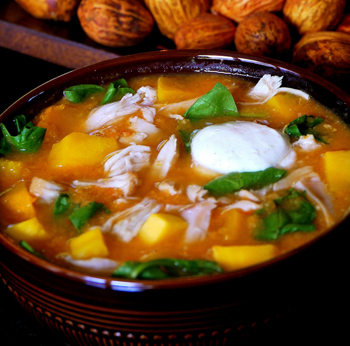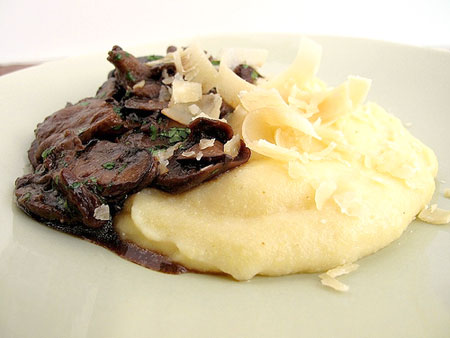 Cornmeal is a staple foodstuff in the cuisines of many cultures throughout the world, cooked in nearly similar ways. It can be found in South America, Africa, Eastern Europe, and the South where it is known as grits. Cornmeal is made from the grinding of dried corn kernels that have had the husk and germ removed, which gives it greater shelf life.
Cornmeal is a staple foodstuff in the cuisines of many cultures throughout the world, cooked in nearly similar ways. It can be found in South America, Africa, Eastern Europe, and the South where it is known as grits. Cornmeal is made from the grinding of dried corn kernels that have had the husk and germ removed, which gives it greater shelf life.
Polenta, as cornmeal is known in Italy, came to popularity in Roman times when it was eaten as a basic porridge. Its origins as a peasant dish have now been displaced by its availability in high-end restaurants. It is very versatile and can be served alongside a variety of other foods, such as meats, stews, sauces, and fish.
With a nod toward tradition, in this recipe I serve the polenta with a mushroom ragù, a combination of two different varieties of mushrooms, oyster and cremini, sautéed and then simmered with mushroom broth from dried porcinis. But any available mushrooms can be used for this recipe.

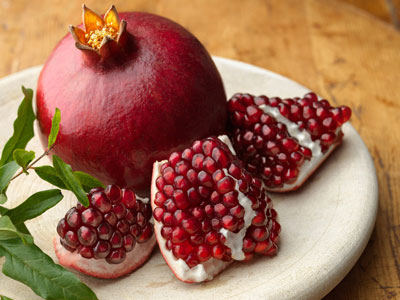 A Pink Princess
A Pink Princess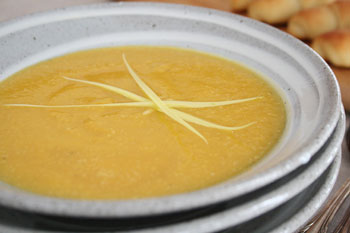 As the New Year begins, it only seems right to offer a recipe for a soup that is chock full of vegetables and even a little bit of fruit. The creamy soup will incorporate nicely into a regime of healthful menus.
As the New Year begins, it only seems right to offer a recipe for a soup that is chock full of vegetables and even a little bit of fruit. The creamy soup will incorporate nicely into a regime of healthful menus.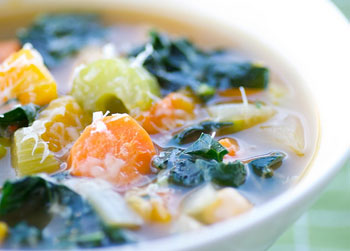 New Year's resolutions. They're nothing but bunkum.
New Year's resolutions. They're nothing but bunkum.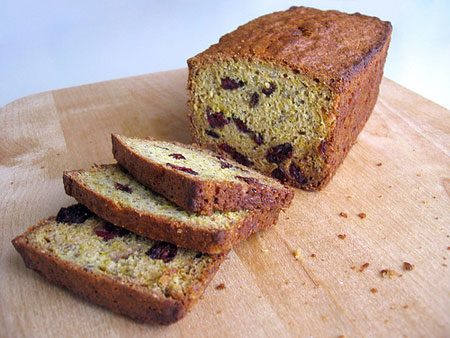 Quinoa, an ancient South American grain, has multiple uses like breakfast cereal, a side dish, and even a quick bread. The best thing about Quinoa is its nutritional value: it is high in protein and fiber; it is perfect for those who maintain a gluten-free diet. This bread recipe uses gluten-free flour, making it suitable and highly enjoyable for this special diet. You can use any pre-mixed gluten-free flour like I did, or make your own mix. It should contain a few different flours like garbanzo, rice, or quinoa flour and starches like potato or tapioca.
Quinoa, an ancient South American grain, has multiple uses like breakfast cereal, a side dish, and even a quick bread. The best thing about Quinoa is its nutritional value: it is high in protein and fiber; it is perfect for those who maintain a gluten-free diet. This bread recipe uses gluten-free flour, making it suitable and highly enjoyable for this special diet. You can use any pre-mixed gluten-free flour like I did, or make your own mix. It should contain a few different flours like garbanzo, rice, or quinoa flour and starches like potato or tapioca.